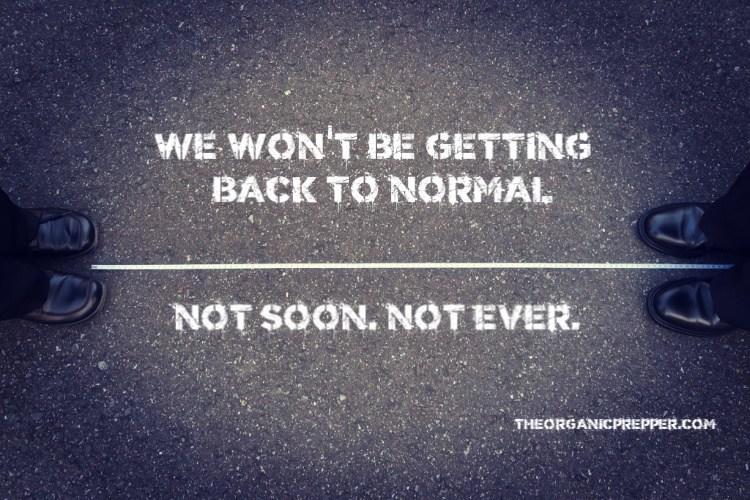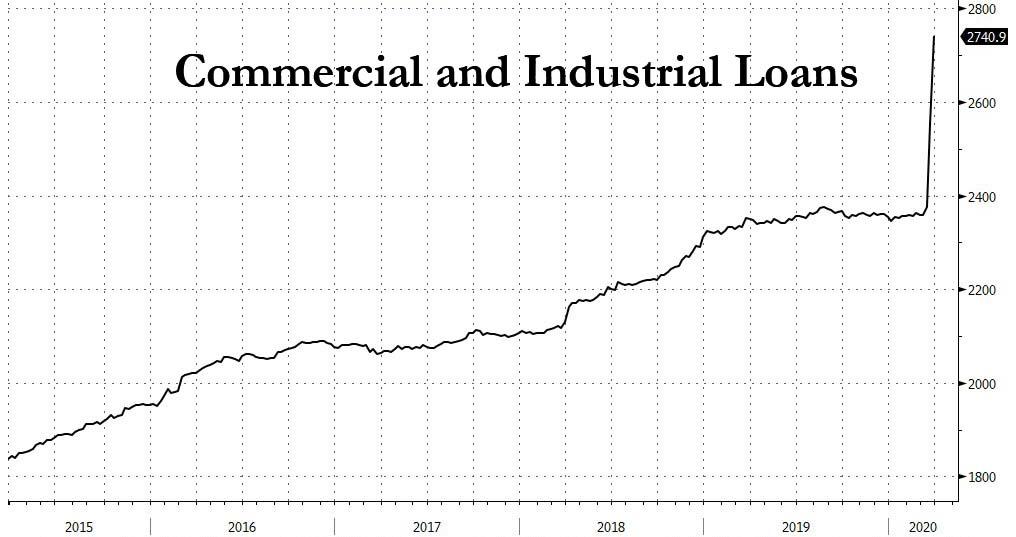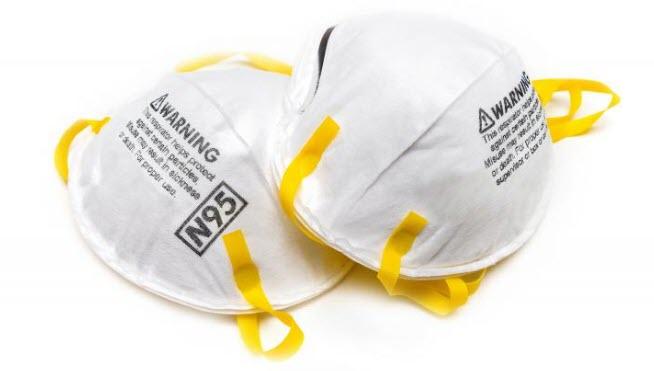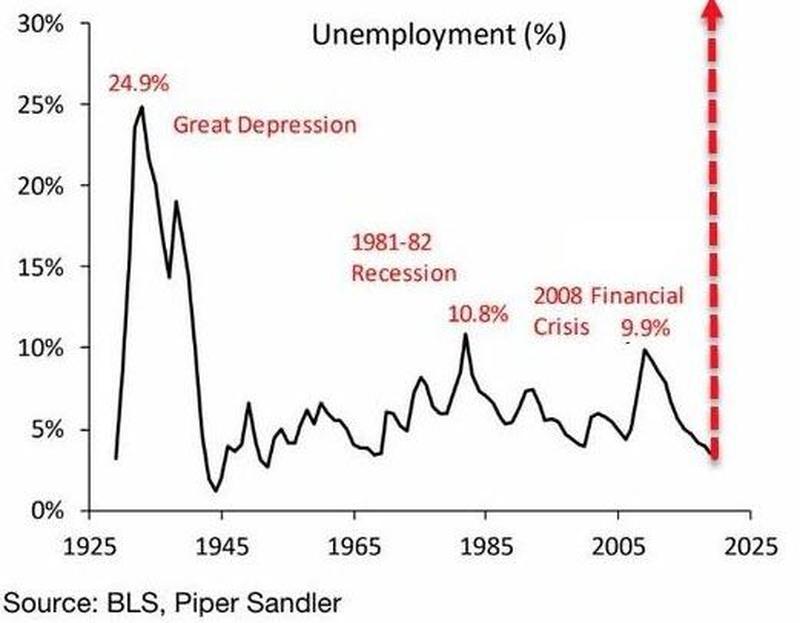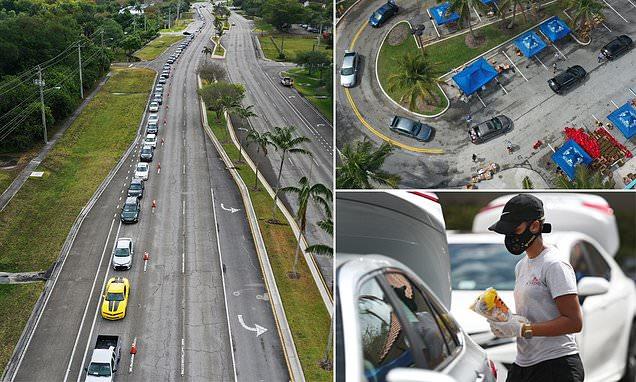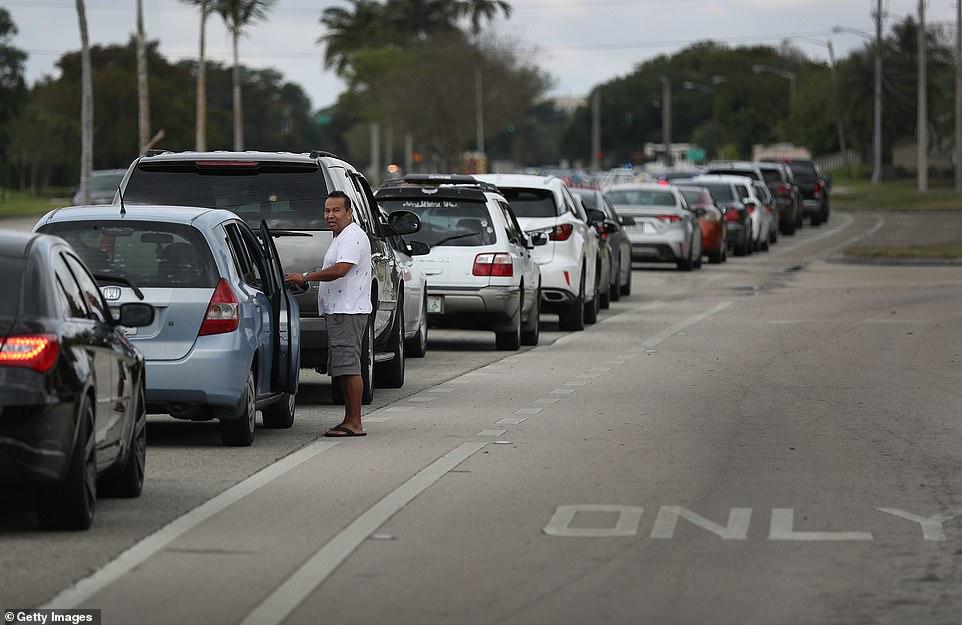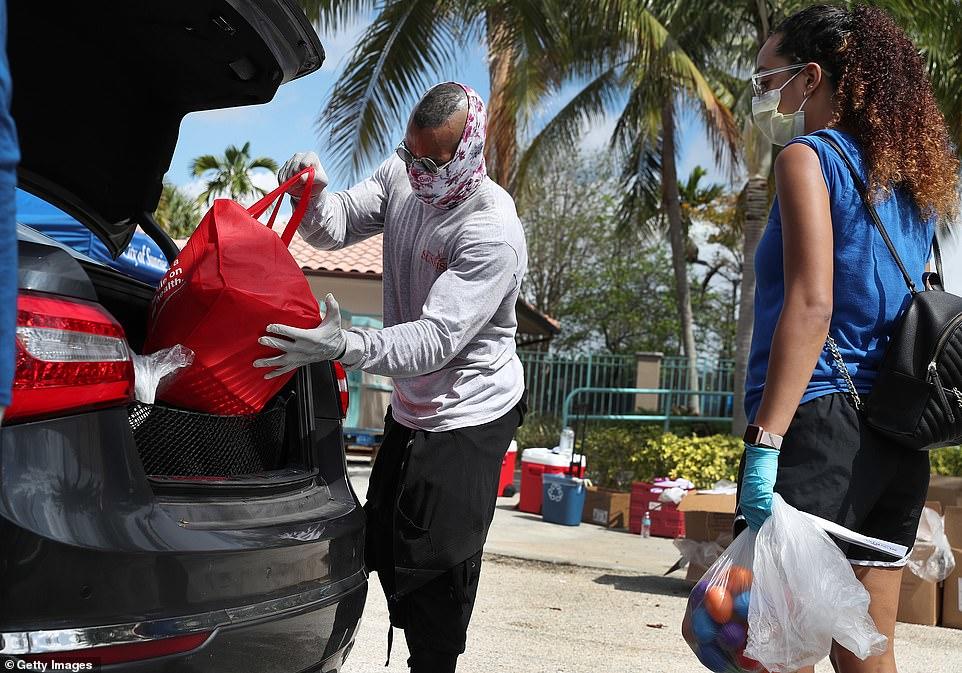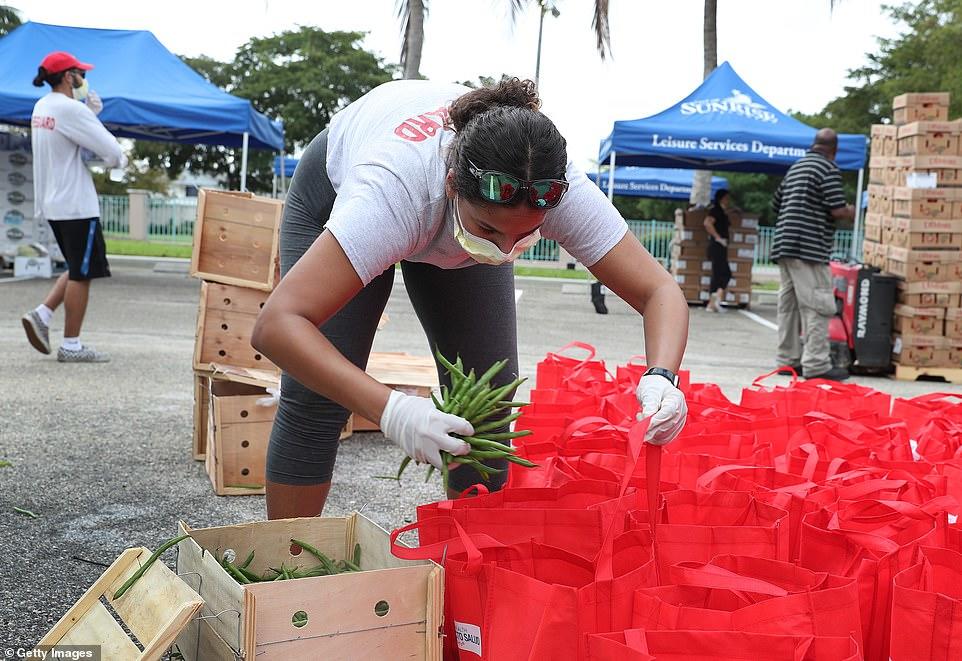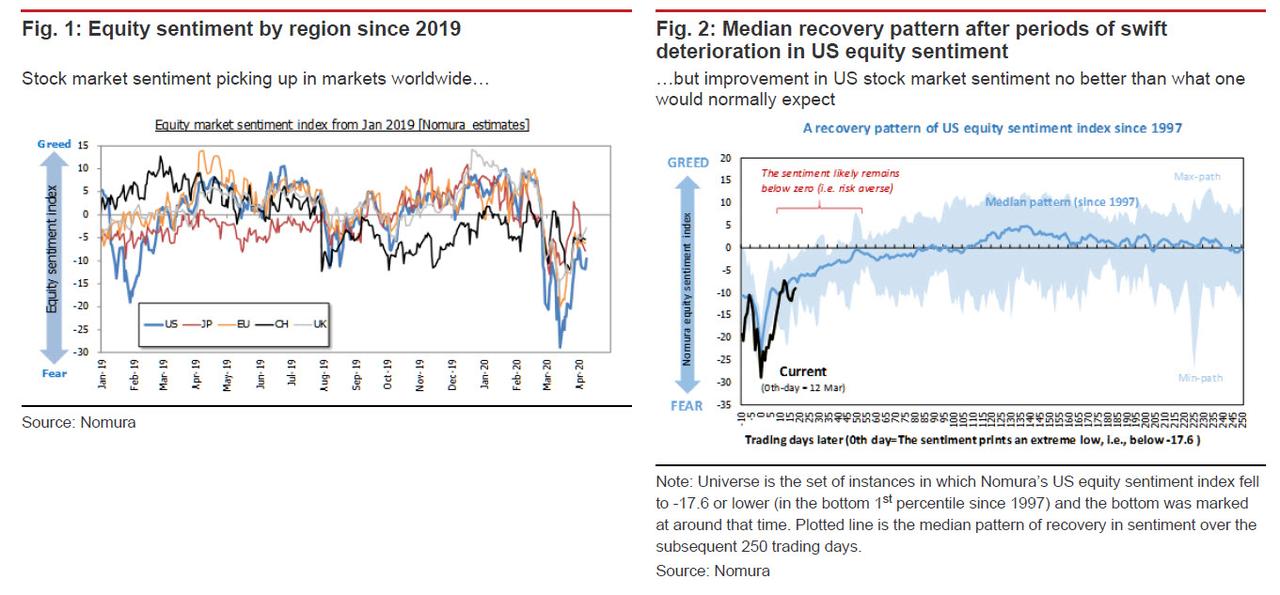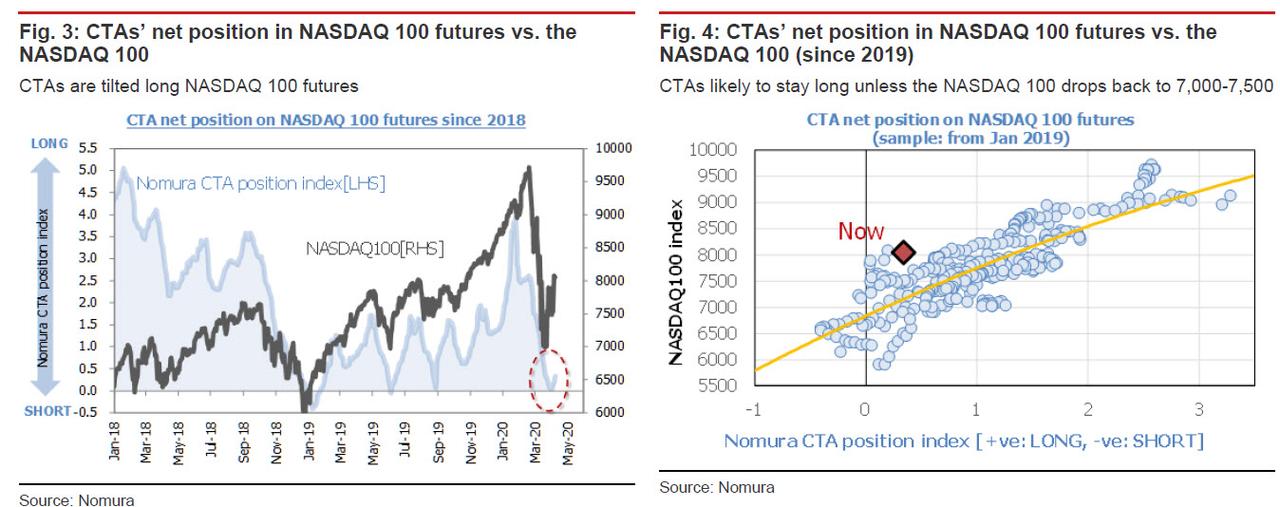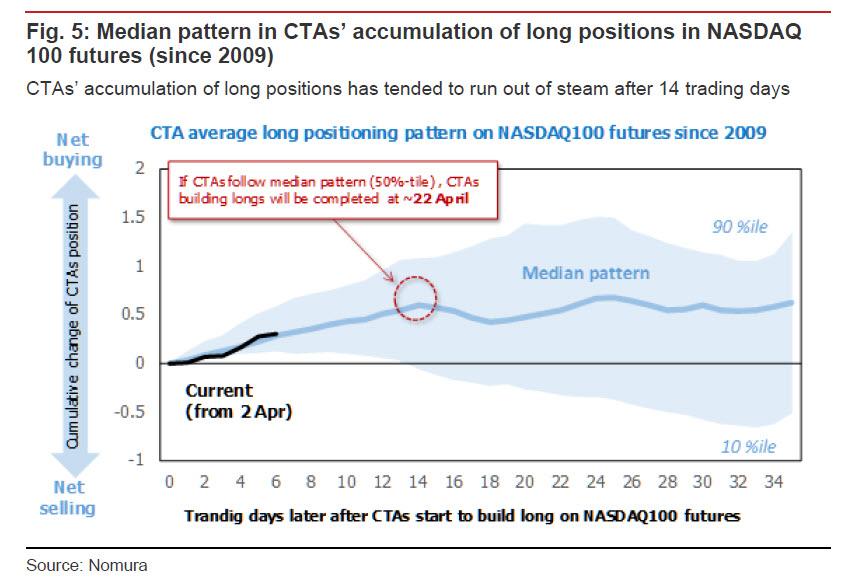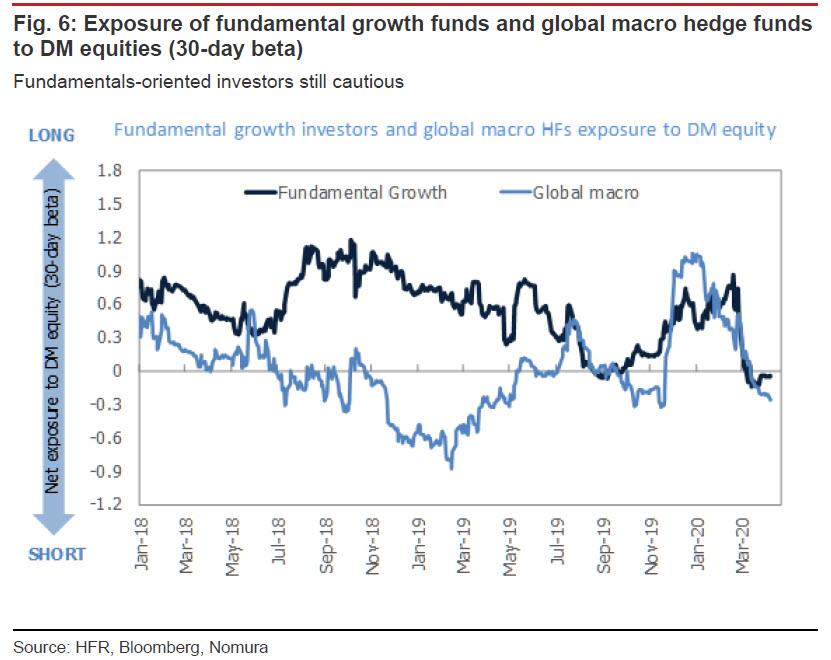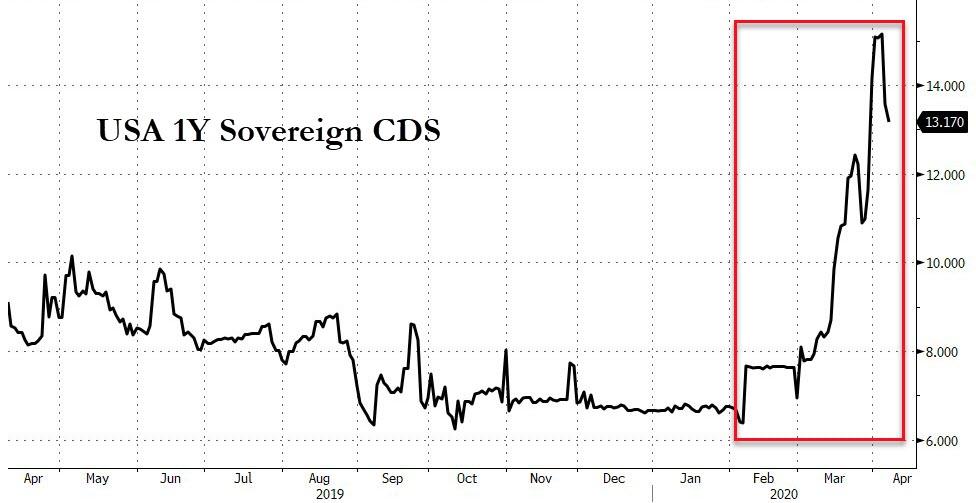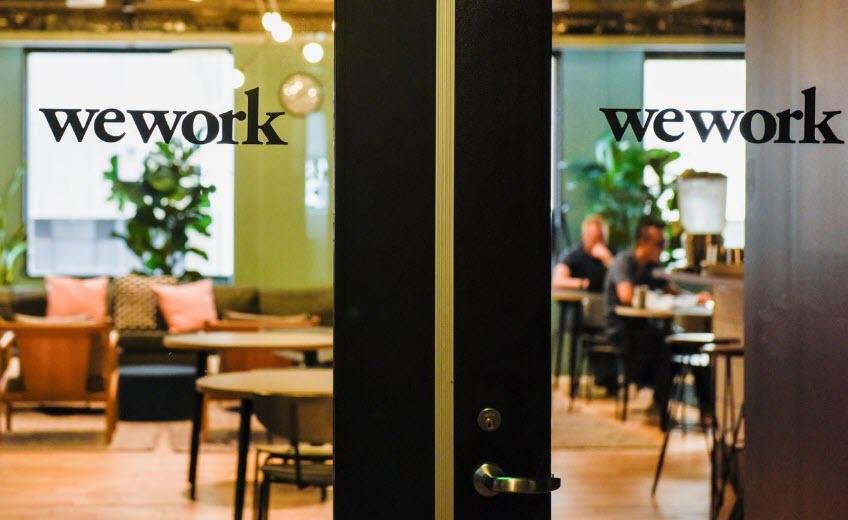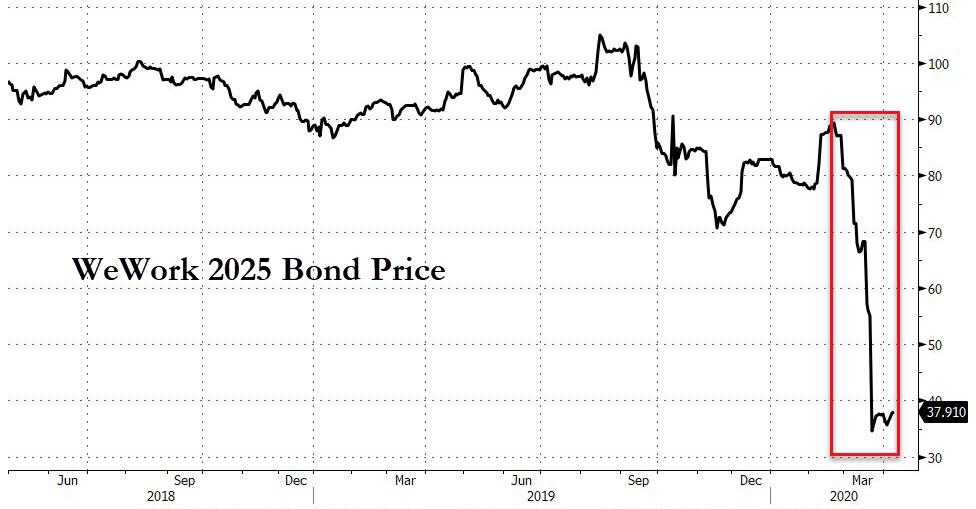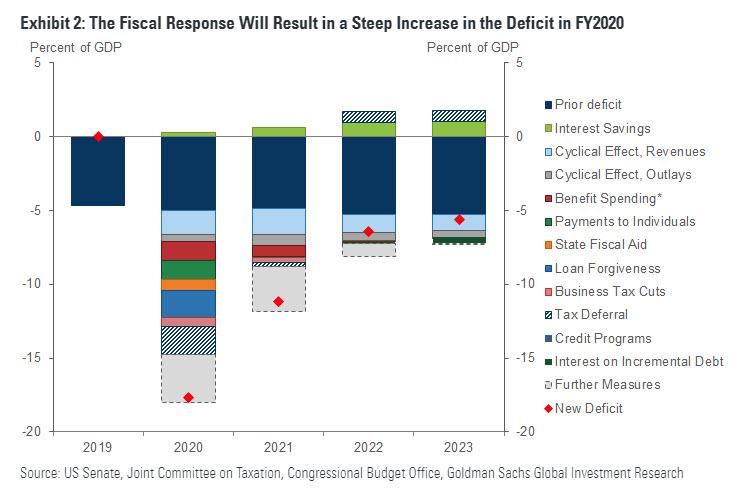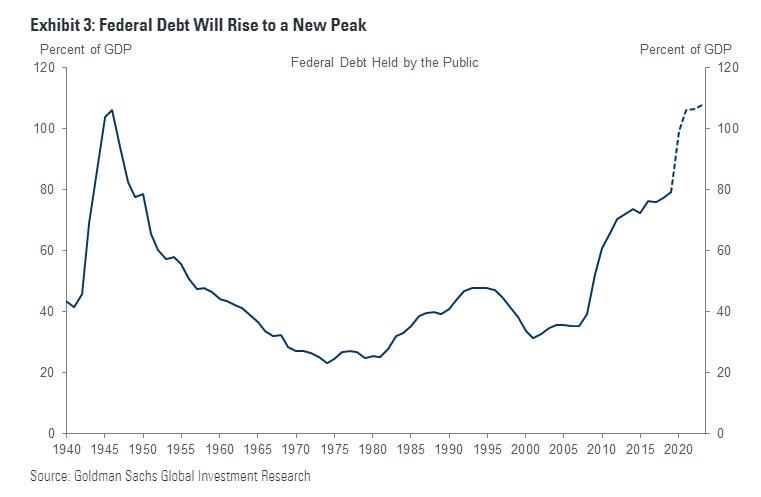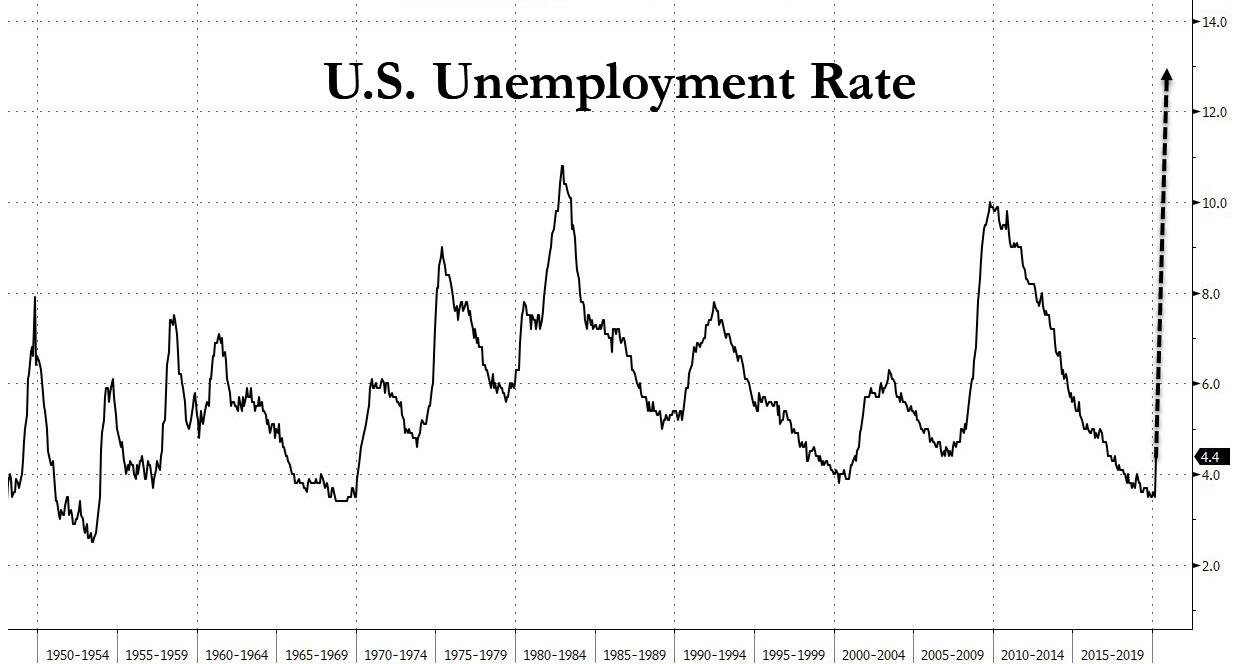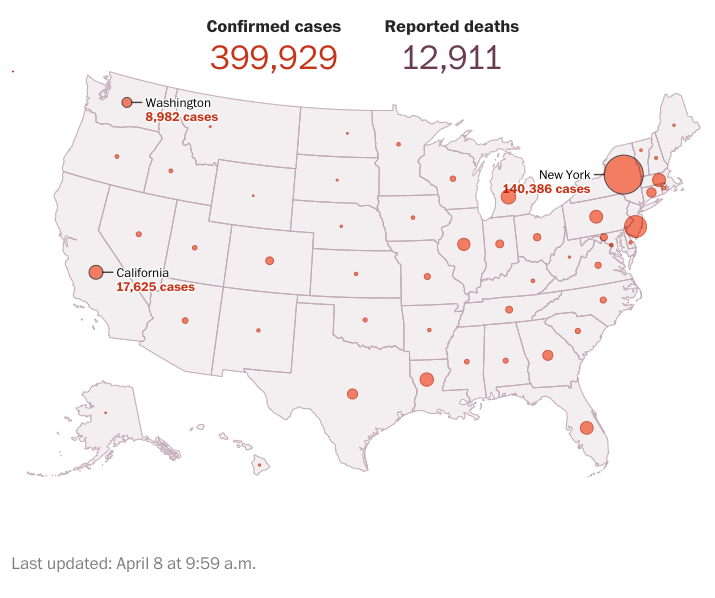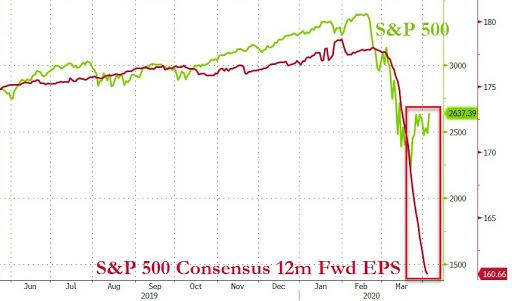We Won’t Be Getting “Back To Normal”… Not Soon… Not Ever!
Authored by Daisy Luther via The Organic Prepper blog,
When will we get back to normal?
If you yearn for the days before COVID-19 swept across the planet, I regret to inform you that those days are gone.
This isn’t a warm and fuzzy blog post telling you that everything is going to be all right. If you’re looking for reassurance that “we’ve got this,” I’m afraid I can’t provide it. This article wasn’t written to console or coddle you, so if that’s what you’re seeking, you’re going to want to stop reading right now.
If, however, you want a reality check on what I believe we’re really facing, I’m not going to hold back. You’ve been warned.
We’re not even halfway through.
You may have seen some optimistic reports recently that the “worst” is behind us. It would certainly be lovely if that’s the case, but in my opinion, this ordeal is just getting started. I wrote an article previously about how long we could expect our current state of lockdown to last using the timelines of China and Italy as points of comparison, and based on that, we are 17 days in as of the writing of this article on April 8.
The lockdown of Wuhan is expected to last 77 days. If our own timeline continues to echo that of China, then we’re not even halfway there. We have at least 2 months left and this doesn’t include any new clusters when the lockdowns are totally lifted or any second waves. We’ve barely begun living in our current state of purgatory and this will continue (and most likely worsen) for quite some time.
So if you’re seeing this as a little break after which you’ll pick up with your life exactly where you left off, you’re going to be extremely disappointed. You need to adapt now because if you don’t, the future is going to be very hard on you mentally.
Use this time to think about the changes you can make to meet the needs of your family. Learn new skills, practice old ones, and get your head in the game.
The supply chain may never be the same.
Nearly every store in America (the ones that are still open, anyway) has glaring bare spots on their inventory. Who would have expected paper products to be the “gold” of our apocalypse? There was an original run on supplies back in early March when the general public realized, “Hey, this is for real!” and razed store shelves bare. Even though preppers already had most of their supplies put back by the time this happened, we were no less vilified by the media as panicked shoppers got into physical altercations over toilet paper and macaroni.
Government officials told everyone to “calm down” and “just shop for the week.” They promised that if we did, everything would be back in stock in no time. Many of us knew even then that this wasn’t true. The ports in California were empty of shipping containers from China where many of our essential goods are produced. There’s no inventory with which to replenish the inventory.
It’s been more than a month since that first shopping frenzy and unfortunately, supplies are still limited in most parts of the country. A reasonably-sized package of toilet paper can’t be had for love or money, nor can one easily locate cleaning wipes, paper towels, 20-pound bags of rice, and bottles of bleach. Other supplies are available, but sparsely and often in limited quantities: meat, eggs, butter, dried goods like pasta and rice, and canned goods. Prices have approximately doubled on many items.
Don’t expect this to clear up any time soon. Abundant inventory may well be a thing of the past. Many of the products sold in American stores are made in China. Even much of our meat that is a “product of the USA” is processed in China. Obviously, China is going to replenish its own inventory before exporting goods to us. Here’s a list of goods that we import from China that we may not be receiving in the same quantities in the future.
As well, the days of just “running to the store” to replace things or pick up a single ingredient are gone. Now, in many parts of the country, you have to walk through a cordoned off maze to enter a Walmart or Costco store. Only a certain number of people can be there at a time. Shopping means you’re risking your own health if someone else is ill, or you are ill and don’t realize it, you’re risking the health of others. It’s no longer quick, easy, inexpensive, or pleasant in any way.
And the generous offerings of days gone by are disappearing. In some areas, the store may have things you want but because the government there doesn’t consider them “essential,” you won’t be allowed to buy them. Ordering online may soon be your only option for things like craft supplies, clothing, decorative items, and shoes. And even when you order online, it may take quite some time before the goods arrive. Amazon has said it is prioritizing necessities, leaving people with uncertain shipping times.
And it could get even worse. What happens if the US Postal Service stops running? A House committee has warned the USPS could actually be forced to cease operations by June. So, if you think it’s hard to get supplies now, just wait.
The rules will get more restrictive and violence will ensue.
Every state with some form of movement restriction (lockdown for lack of a better word) has its own set of rules which are handed down by the respective governors in the form of an executive order. Some states are more restrictive than others and a small handful of states have no restrictions whatsoever.
The other difference between states is the methods of enforcement. Some states have the rules on the books but do little to enforce them. Others are levying fines. One municipality in Louisiana found it amusing to announce the beginning of the curfew with the Purge siren, terrifying people who were already on edge.
Don’t expect this gentle approach to continue. While I don’t think we’ll go full-Wuhan and weld people into their apartments, our Constitutional rights are already being trampled in numerous ways.
Texas and Florida have checkpoints where they’re testing travelers for health problems, escorting them to quarantine, or turning them away. Rhode Island police went so far as to go door-to-door with the National Guard, searching for “New Yorkers” who had fled the virus in their home state.
Most states have closed non-essential businesses and schools for the foreseeable future. Local authorities are beginning to crack down on groups of people and innocent Americans risk being questioned when they leave their homes to walk the dog or go to the store. Last week, thousands of Americans considered essential workers were given “travel papers” to show the authorities if they’re stopped when they are going to work. Travel papers. In the United States of America.
If you can’t satisfy the requirements laid out by your state or local government, you could face fines and even misdemeanor charges for breaking stay-at-home orders. (source)
Expect as the rules and enforcement efforts become more stringent for people to balk. As the money being dished out by the government dwindles to a trickle and as promises made by the government get broken, people will become more and more desperate.
Imagine. Your ability to make a living was suddenly taken away through no fault of your own. You’re all but under house arrest. Your government is threatening you with fines, incarceration, and even possible violence. Your family is hungry and you have nothing to feed them. What would you do in that situation?
There’s virtually no way this continues without violence ensuing, either out of rebellion or hunger or possibly both. Fewer and fewer police officers are available to respond as more of them get diagnosed with COVID-19. In New York City, nearly ten thousand first responders are ill. When you put all this together, it’s a recipe for violent crime.
The economy will be devastated.
We’re already watching our economy get destroyed right in front of our eyes. Never in history – including the Great Depression – have so many Americans been unemployed. And the fact that they all became unemployed at once is even worse. By the end of March, 7.1 million people had filed for unemployment due to COVID-19.
Many of the people who lost their jobs are the ones who are least able to afford it – hourly workers. Those who work at or around minimum wage are less likely to have a savings account to see them through the rough spot.
Then there’s the fact that the government appears to have lied. Others who became unemployed were initially told they qualified, but now the application process is proving impossible. Gig workers, such as drivers for Uber, Lyft, and Doordash, are being asked to supply pay stubs, something they just don’t have. It just isn’t how it works.
Those who have applied are waiting weeks to hear back from state unemployment programs. Their applications will likely be rejected, leaving them without any income for an indefinite amount of time. The advice for these workers?
A spokesperson for the New York State Department of Labor says the guidance requires workers who are not usually eligible for unemployment benefits to apply to state programs, get rejected, and then apply again for the federally funded pandemic assistance. (source)
So for all the big talk about making unemployment easy to get and simple to apply for, it isn’t working out that way at all for many people.
And of course, the economic issues are bigger than that. Small businesses are in big trouble. Those who are not able to find a way to operate during these difficult times still have overhead and bills. They have rent and utilities for their place of business. Many have inventory payments that were due net-30. Restaurants that can’t make the conversion to takeout and delivery, fitness studios, gyms, clothing stores, and many more independent businesses may never reopen after the government-imposed hiatus.
One by one, families across America are looking at disappearing income, higher prices, and with shelter-in-place orders nearly everywhere, no real way to seek new employment. Unemployment, if and when it comes, is only a short term solution. If ever there as a chance to usher in Universal Basic Income and see people welcome it with open arms, this crisis would be it. Of course, UBI brings with it many problems, not the least of which is a lord-and-serf relationship and a slippery slope toward the social credit system, also brought to us by China just like the COVID-19 outbreak.
Right now we’re looking at short-term effects, but we will feel the effects of this situation for a very long time. In fact, it’s likely to change the economy forever.
As the economy continues to plummet because people are only purchasing the bare necessities, we’ll see other issues arise. How will you pay your rent or mortgage if your job qualifications are in a field that is now considered a luxury? How will you keep your utilities on when you’re not making any money? How will you feed your family, keep a roof over your head, pay for medical care, and maintain a vehicle?
If you’ve never been through personal financial hardship before, you could be in for a terrible reality check when the cost of your most basic essentials is out of reach. But many of us have been there. We can tell you that it often makes you feel powerless – it’s difficult and humiliating, but you can get through it.
If you’re a business owner, how will you keep operating if you have no working capital? How can you hire people if you don’t know whether you’ll be able to keep them on board for more than a couple of pay periods? How can you buy more inventory and can you even acquire that inventory anymore? Will you be able to get the parts you need to repair items if you run a repair service business?
As you can see, there are more questions than answers. (source)
We’re just at the beginning of this bumpy ride, and there’s really no place that it leads except to an economic depression even worse than the one that took place in the 1920s.
We’ll never “get back to normal.”
For all the people wondering when we’re going to get back to normal, I’m very sorry to say, the answer to that is “never.”
There are jobs lost that are never coming back. Businesses that were successful may never reopen, and if they do, unless they can pivot to cater to necessities, they won’t last long in an economy with widespread unemployment.
And medically speaking, we are a long way from “normal” too.
Dr. Anthony Fauci, the director of the National Institute of Allergy and Infectious Diseases, told a coronavirus press briefing on Monday that the world may never return to the “normal” that was known before the outbreak.
…”When we get back to normal, we will go back to the point where we can function as a society,” he said. He continued, “If you want to get back to pre-coronavirus, that might not ever happen in the sense that the threat is there.” (source)
What’s more, the virus will be back for another wave.
Fauci said Sunday that people must be prepared for a resurgence next year, which is why officials fighting the pandemic are pushing for a vaccine and clinical trials for therapeutic interventions so “we will have interventions that we did not have” when this started. (source)
We could be looking at on and off periods of social distancing for eighteen months to two years before this is over. Here’s what the models suggest:
Under this model, the researchers conclude, social distancing and school closures would need to be in force some two-thirds of the time—roughly two months on and one month off—until a vaccine is available, which will take at least 18 months (if it works at all). They note that the results are “qualitatively similar for the US.”
Eighteen months!? Surely there must be other solutions. Why not just build more ICUs and treat more people at once, for example?
Well, in the researchers’ model, that didn’t solve the problem. Without social distancing of the whole population, they found, even the best mitigation strategy—which means isolation or quarantine of the sick, the old, and those who have been exposed, plus school closures—would still lead to a surge of critically ill people eight times bigger than the US or UK system can cope with…
…How about imposing restrictions for just one batch of five months or so? No good—once measures are lifted, the pandemic breaks out all over again, only this time it’s in winter, the worst time for overstretched health-care systems.
And what if we decided to be brutal: set the threshold number of ICU admissions for triggering social distancing much higher, accepting that many more patients would die? Turns out it makes little difference. Even in the least restrictive of the Imperial College scenarios, we’re shut in more than half the time.
This isn’t a temporary disruption. It’s the start of a completely different way of life. (source)
For the foreseeable future, it appears that this is our life.
What will the future look like?
At this point, it’s pretty difficult to imagine what a future filled with waves of a pandemic virus, a devastated economy, and great loss will look like.
But some of the things we can expect are intermittent periods of social distancing, periods of interaction. Businesses like restaurants, movie theaters, bars, malls, travel experiences, and sports venues will never be the same and if they survive, will only be able to operate intermittently.
Homeschooling will be a long-term thing – children will not be able to be in a regular school setting during outbreaks.
We’re going to be looking at an entirely different world, one full of six-foot distances, immunity passports, and dystopian tracking methods using our phones.
One particularly unsettling possibility is a picture is painted by Technology Review.
We don’t know exactly what this new future looks like, of course. But one can imagine a world in which, to get on a flight, perhaps you’ll have to be signed up to a service that tracks your movements via your phone. The airline wouldn’t be able to see where you’d gone, but it would get an alert if you’d been close to known infected people or disease hot spots. There’d be similar requirements at the entrance to large venues, government buildings, or public transport hubs. There would be temperature scanners everywhere, and your workplace might demand you wear a monitor that tracks your temperature or other vital signs. Where nightclubs ask for proof of age, in future they might ask for proof of immunity—an identity card or some kind of digital verification via your phone, showing you’ve already recovered from or been vaccinated against the latest virus strains.
We’ll adapt to and accept such measures, much as we’ve adapted to increasingly stringent airport security screenings in the wake of terrorist attacks. The intrusive surveillance will be considered a small price to pay for the basic freedom to be with other people.
As usual, however, the true cost will be borne by the poorest and weakest. People with less access to health care, or who live in more disease-prone areas, will now also be more frequently shut out of places and opportunities open to everyone else. Gig workers—from drivers to plumbers to freelance yoga instructors—will see their jobs become even more precarious. (source)
Never let a good crisis go to waste, right?
This is necessarily how it’s going to happen – it’s only one possible scenario of the many unpalatable futures that are currently emerging. None of them are scenarios that embrace freedom or the joy of anonymity.
The life we knew is not coming back. But it’s better to know this and begin to think about how to mitigate these changes. Think about how you can earn a living, how you can teach your children about freedom in an unfree world, and how you can resist being a figure on a screen, constantly monitored for a spike in temperature.
And who knows? Maybe Americans will return to their independent ways and say, “No more.” But the changes that took place after 9/11 suggest otherwise. Unless a fearful populace can be convinced that freedom is more important than safety, this will lead to more restrictions and some kind of Pandemic Patriot Act 2.0.
We don’t know what’s coming, but it will be different.
Facing uncertainty is always difficult. But by focusing on the things you can do, it can be managed.
I can’t tell you exactly what the future holds. But I can tell you that the lives we lived prior to COVID-19 are not going to re-emerge like nothing ever happened. And every day the lockdowns continue lessens the possibility of that even more.
You need to accept that now so you can best figure out how to navigate the post-COVID world that awaits. This doesn’t mean you’ll never be able to be happy again. It doesn’t mean you’ll lose everything. It means that things are going to be different and if you don’t accept that, your acclimation period will be dangerously long. As Selco always says, the sooner you understand the new rules, the better off you’ll be.
Things will be different.
We will adjust. We will adapt. We will survive.
Tyler Durden
Wed, 04/08/2020 – 20:00
via ZeroHedge News https://ift.tt/2UT14t3 Tyler Durden
